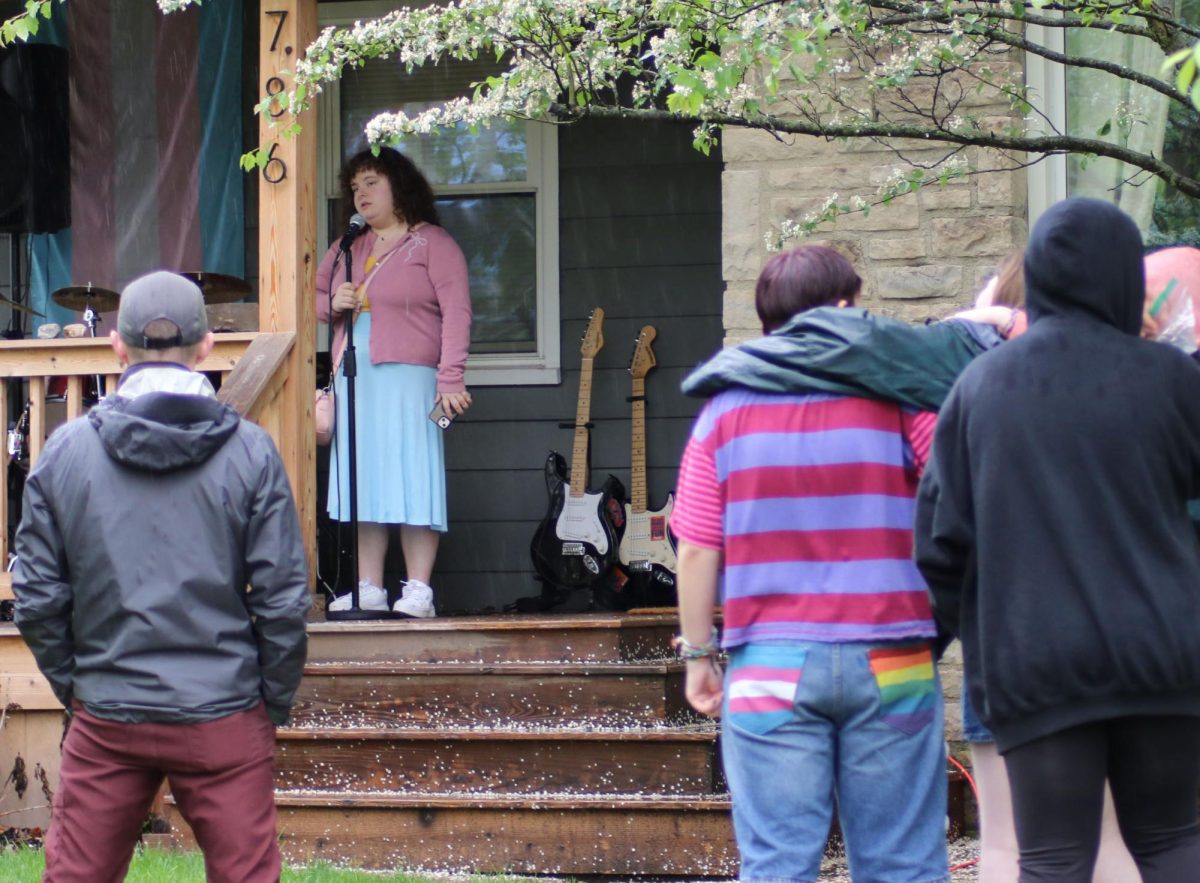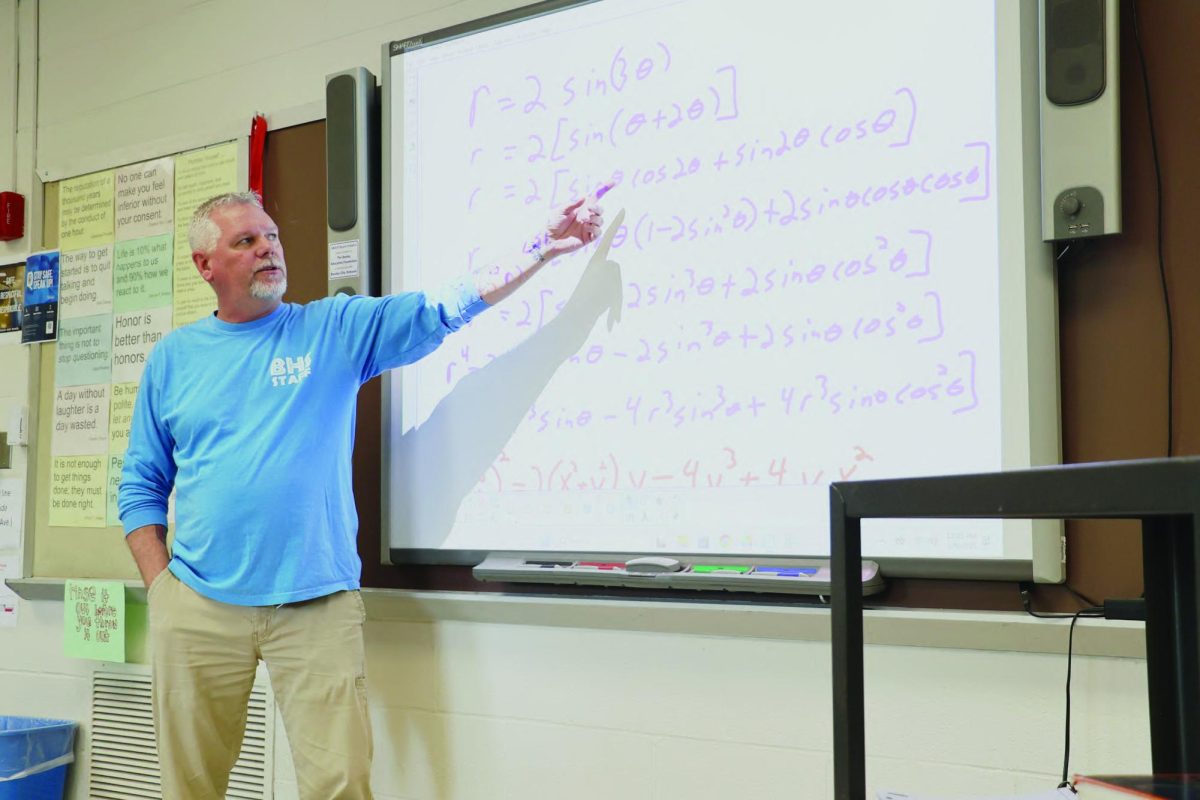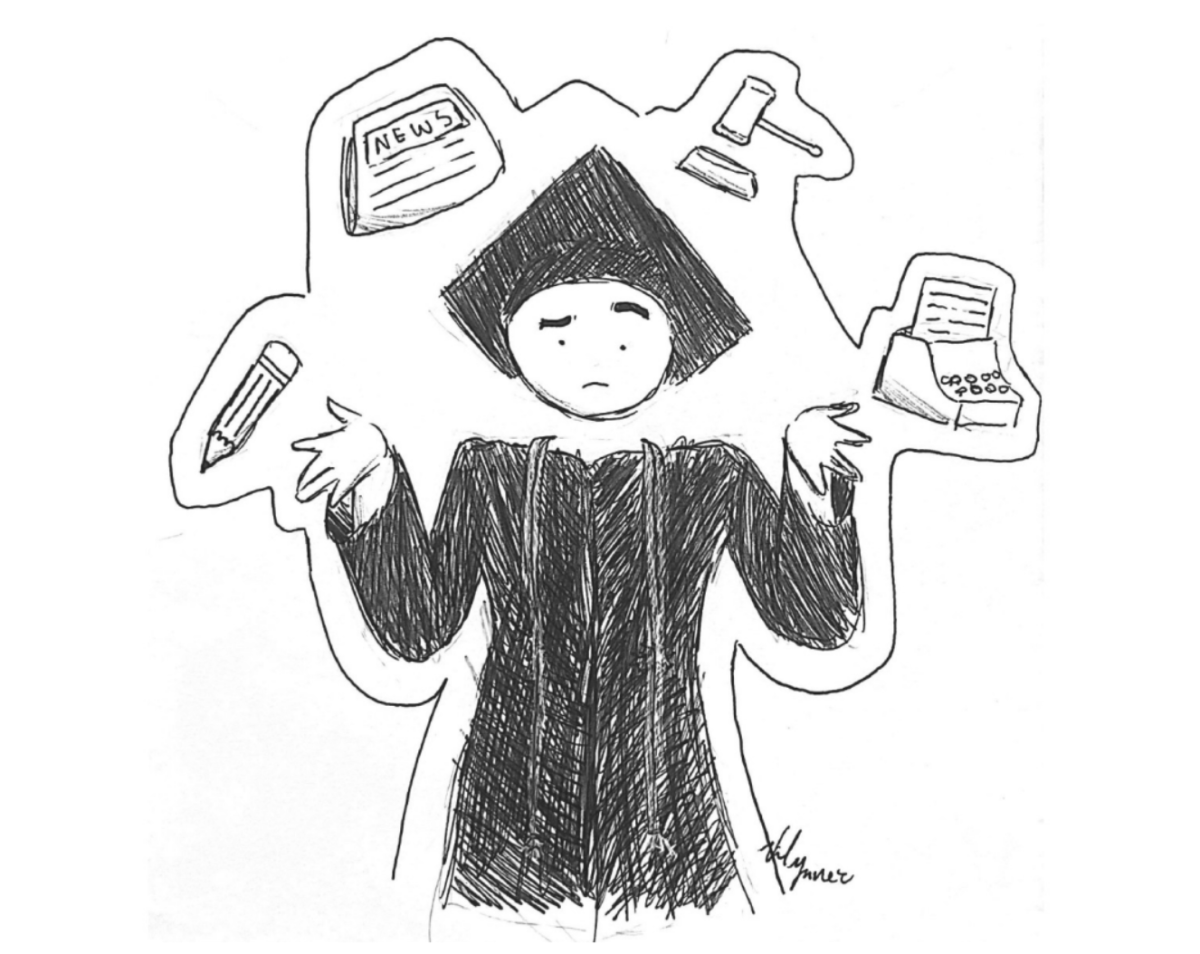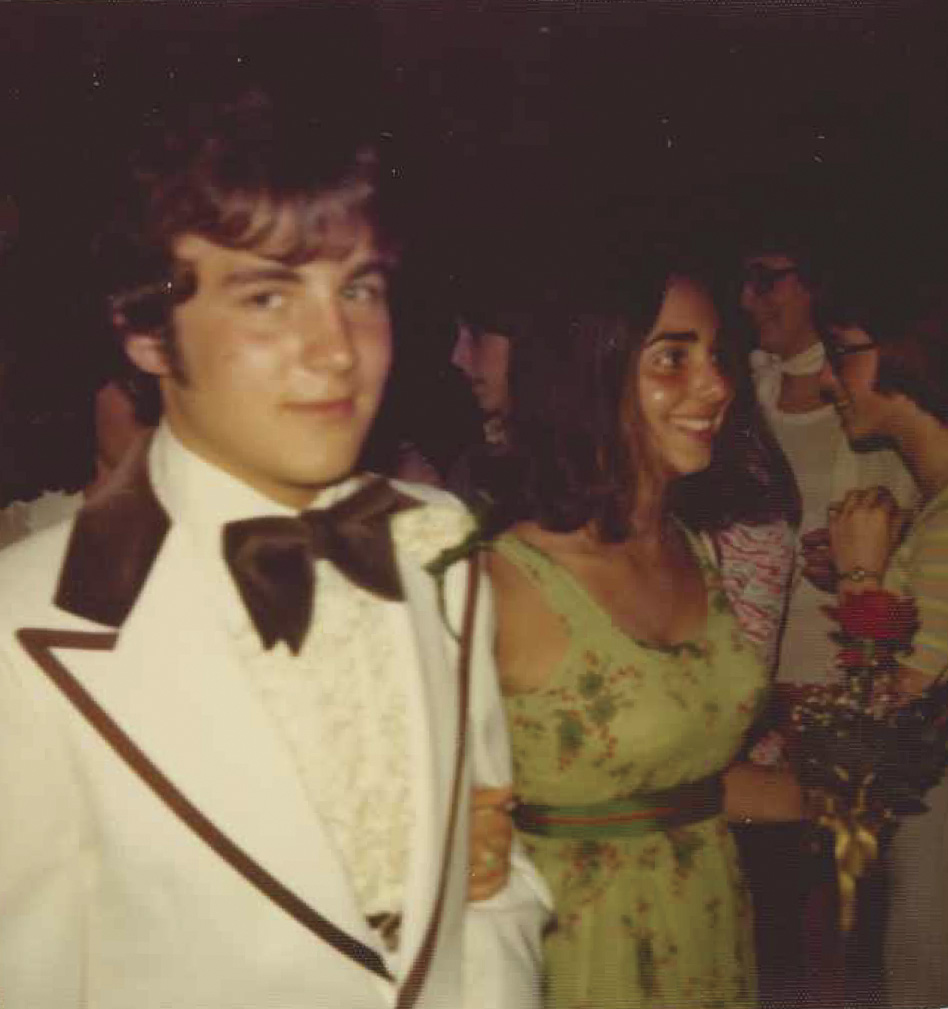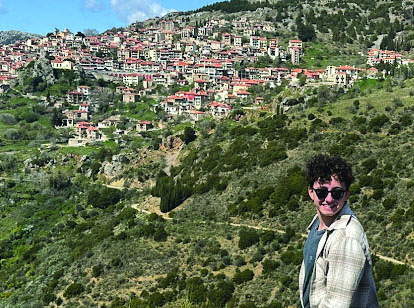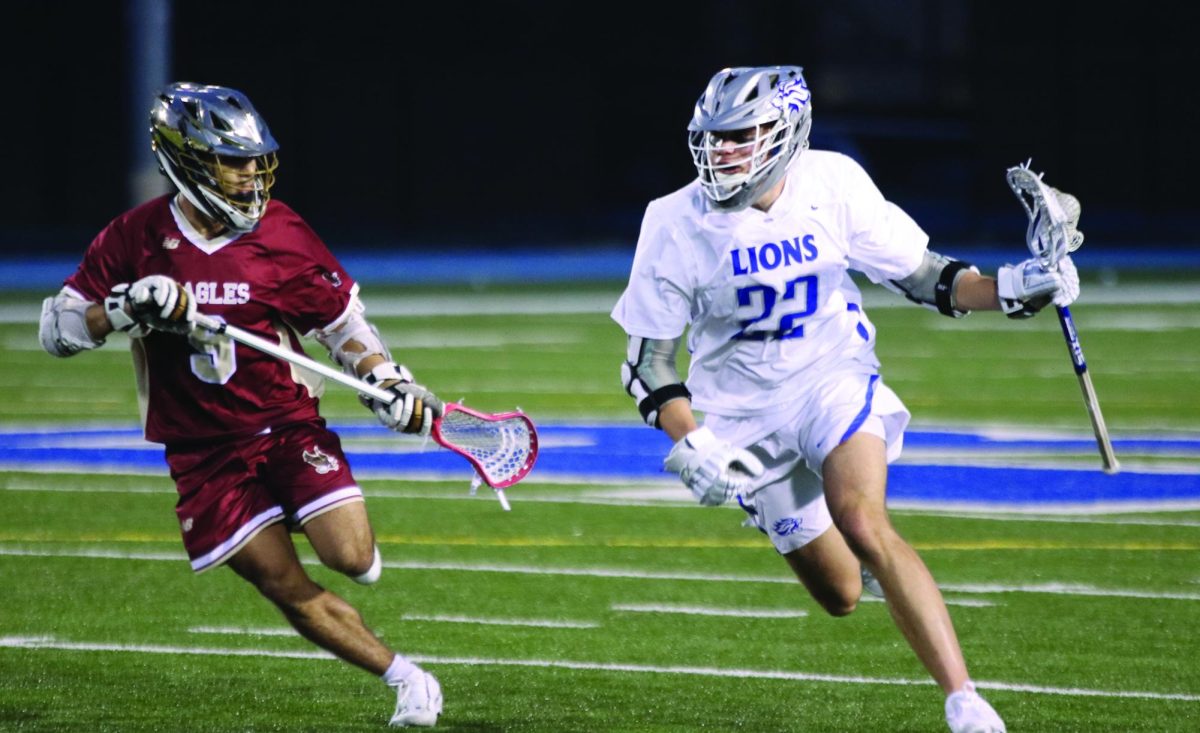What kind of place has served as home to an Adena burial mound and a military camp, as well as a working dairy farm? It’s none other than the City of Bexley, which is celebrating its centennial this year.
But Bexley’s history extends back much farther than 100 years. As early as 200 B.C., Native Americans built Adena burial mounds in the area that would become Bexley, according to “The History of Bexley,” an article by the Bexley Historical Society. However, Nancy Beck, secretary of the board of trustees for the Bexley Historical Society, said the city did not really begin to develop until 1876, when Capital University came to Bexley.
“[Capital] got this land out here, so they came,” Beck said. “Of course [Capital] coming brought a few professors and families.”
Beck said that the area around Capital, which was known as Pleasant Ridge, was developed first.
The community did not change much until 1898, when the Spanish American War broke out, according to “The History of Bexley.”
“The area around Broad and Drexel was chosen… as the assembly site for the 8,000 Ohio volunteers headed for Cuba,” the article said. “The extended sewer and water lines for the soldiers at Camp Bushnell made the area ripe for real estate development.”
Then, Beck said, some wealthier people came into the area and built huge homes. The community became the Pleasant Ridge area and the wealthy area north of Broad Street, Beck added.
“It was like two separate enclaves,” Beck said.
In his book “Reflections of a Bexley Boy,” Ken McClure said that after the Spanish-American War, the Pleasant Ridge Improvement Association was formed to control growth. The Association decided to incorporate all of the community south of Bryden Road as a municipality, McClure said, which excluded the wealthy area in the north.
According to “The History of Bexley,” the northern area, Jeffrey Community, incorporated itself by initiating talks with the Association.
McClure said that in 1908, an alleged 144 people met on the porch of R.H. Jeffrey to decide what to name their town.
“The suggestion they finally accepted came from Col. Lincoln Kilbourne,” McClure said. “He said that he had looked back and found that his ancestors came from the parish of Bexley in the county of Kent in England.”
McClure said Bexley was the name used in the 1908 incorporation.
Beck said that Bexley did not become a city until 1932, but Bexley’s centennial is celebrating the year that Bexley became a village.
Not long after Bexley became a village, Columbus sued, arguing that Bexley was subject to Columbus taxes, according to “The History of Bexley.” Bexley fought the suit and eventually won when the Ohio Supreme Court ruled that Bexley was separate and legally incorporated, according to “The History of Bexley.”
Beck said that, in its early years, Bexley looked quite different because the streets were not paved.
“Early on, when [Bexley was] a village, [it] had only one telephone in a barber shop on Main Street close to Drexel,” Beck said.
McClure said that this barber shop was called Barnett’s Barber Shop.
“The first council meetings of the City of Bexley were held in the barber shop at night,” McClure said.
Beck said that there used to be many farms in the Bexley area.
“The Connells had a dairy farm at what is now Remington and Main Street,” Beck said.
Before Cassingham Elementary School was opened in 1927, McClure said, the children of Bexley went to the Main Street School.
Beck said the Main Street School was located where the Bexley Monk is now.
The school taught grades one through six but only employed three teachers, Beck said.
Beck said that the Main Street School was torn down in 1946.
“Unfortunately, nothing was saved,” Beck said.
McClure said that when Cassingham Elementary was built, people called it the most modern school in America.
“One reason was the modern bathroom facilities, with marble fixtures and lots of stalls and sinks,” McClure said. “Each room had a telephone. It could be used for calls to the office, but not outside calls. This was something new and was written up in the newspapers.”
McClure said that, until after World War II, Reynoldsburg and Cedarhurst, which is now Whitehall, had no high schools, so Bexley High School took in all of the Cedarhurst students and some Reynoldsburg students.
McClure said that the Cedarhurst students would take the Interurban rail to get to school.
After the Interurban came Bexley’s two streetcars, which could be ridden all the way to OSU campus, McClure said.
Beck said the streetcars were replaced by buses in the 1950s.
Bexley had a lot of vacant land, Beck said. The high school kids brought music and dance to Merkle, which was a dirt road, Beck said.
“They’d even made up a song about it,” Beck added.
McClure said that when Bexley City Hall was built in 1953, it was paid for in cash.
Bexley did not even have a city tax until the mid-‘50s, McClure said.
“The only taxes until that time were for the schools,” McClure said. “Bexley, for years, was able to operate on the city’s share of inheritance tax they received from the citizens of Bexley who died.”
Beck said that change in Bexley is perpetual.
“All you have to do is look at Main Street,” Beck said. “Change goes on all the time.”
Published April 2008. Digitized 2025.

